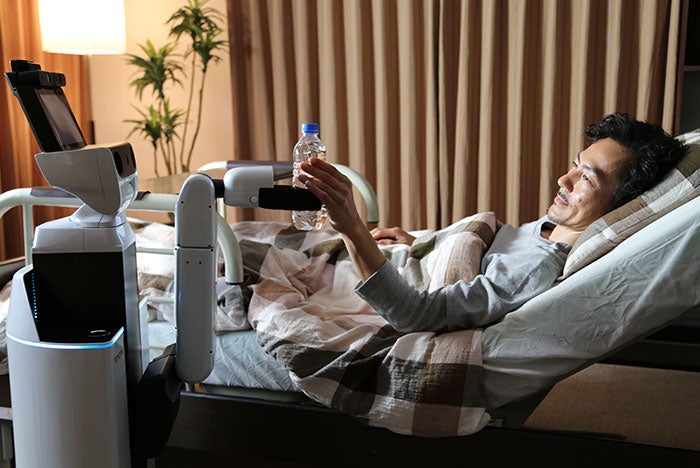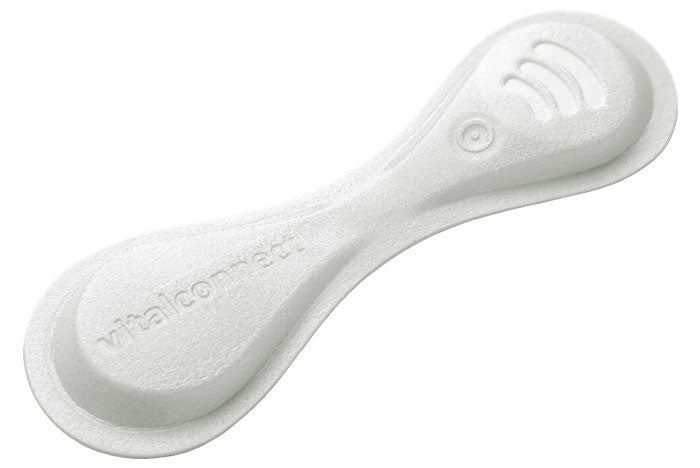Tech talk: Virtual reality, remote monitoring and support robots

Toyota has designed Human Support Robots to assist with menial tasks, freeing up caregivers for more skilled work and helping patients to live more independently.
Toyota robots enter the health care market
Toyota recently demonstrated a few technologies from its Partner Robot program, one of those being the Human Support Robot (HSR). The robot is designed to handle menial tasks for bedridden patients, such as picking up items and drawing curtains. It not only helps the patients, but also alleviates the busy schedules of nurses and other health care workers who typically would be called for such tasks.
The robot’s highly maneuverable, compact and lightweight cylindrical body and folding arm, allows it to pick objects up off the floor, retrieve objects from shelves and perform a variety of other tasks. It also can be operated remotely by a patient’s family member or caregiver.
Toyota is lending the HSRs to partner organizations in Japan, and hopes that the technology will assist the elderly and disabled in independent living.
Virtual reality prepares young patients for MRIs
Physicians at King College Hospital, London, have developed the My MRI at King’s app to help children experience what it’s like to get an MRI scan before going through the real thing.
The app gives 360-degree panoramic views that can be viewed on a virtual reality headset. Not only does the app simulate the MRI experience, but it also walks children through the entire process, from arriving at the hospital to entering the scanner.
The aim is to have young patients become familiar with the process beforehand — such as the loud tapping noises and lying very still while the scanning occurs. King College Hospital hopes this will ease the overall experience, which can be frightening for many children.
“So far, the app has had some really positive feedback, and I can see that it has the potential to significantly relieve anxiety and prevent the need for children to undergo an anesthetic in many cases,” says Darshan Das, M.D., consultant in pediatric neurology at King’s.
Remote monitoring system helps patients heal at home

Brigham and Women's Hospital is using lightweight wearables to monitor patients at home.
Brigham and Women’s Hospital, Boston, has launched a new program to help patients heal at home.
Patients who come to the emergency department with conditions that warrant continued monitoring even after being discharged are being sent back to their comfortable surroundings with a wearable called VitalPatch. The wearable is part of a remote vital monitoring system that will send alarms to the hospital team members, who can respond via video visits and text messages if the patient’s vitals range outside of their established “normal.”
The lightweight, wireless, adhesive patch continuously monitors and records single-lead ECG, heart rate, heart rate variability, respiratory rate, skin temperature, posture, step count and fall detection with clinical accuracy, allowing Brigham and Women’s Hospital physicians to monitor patients at any location.




